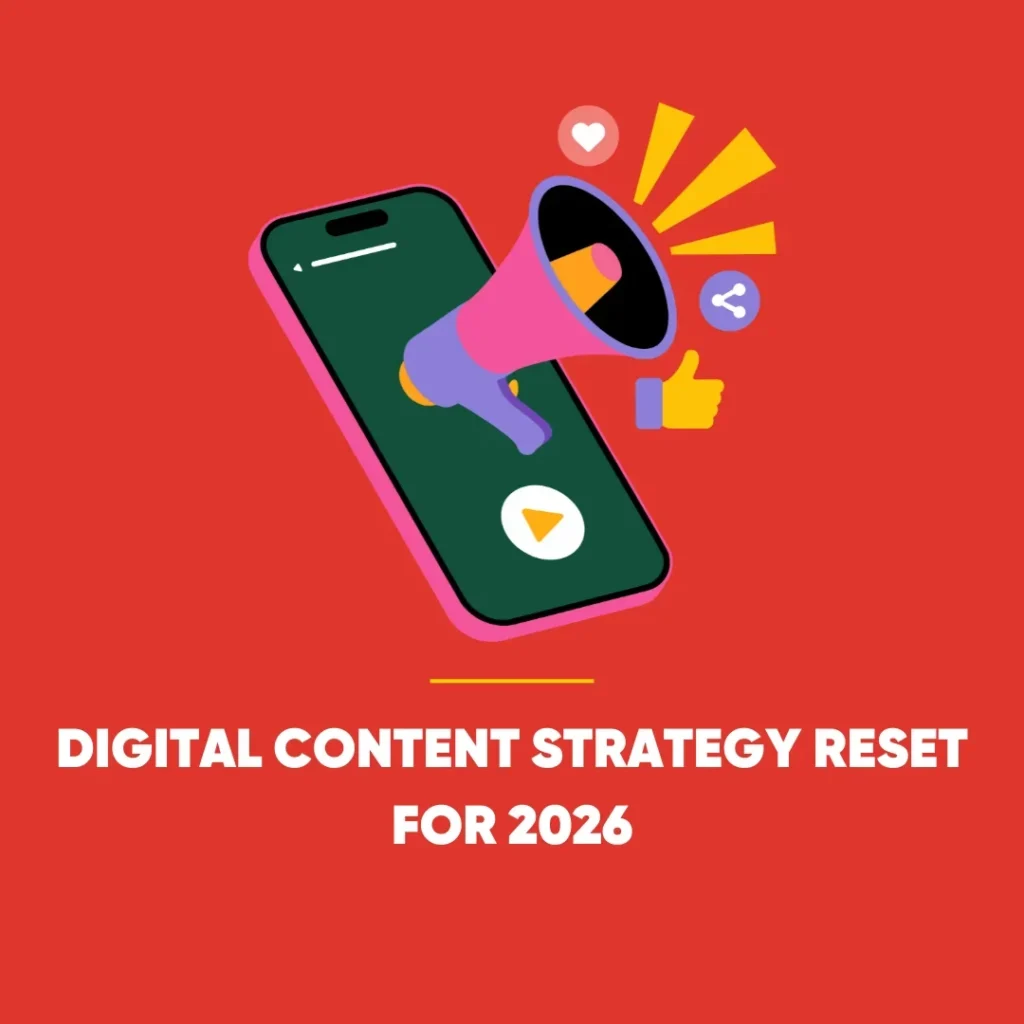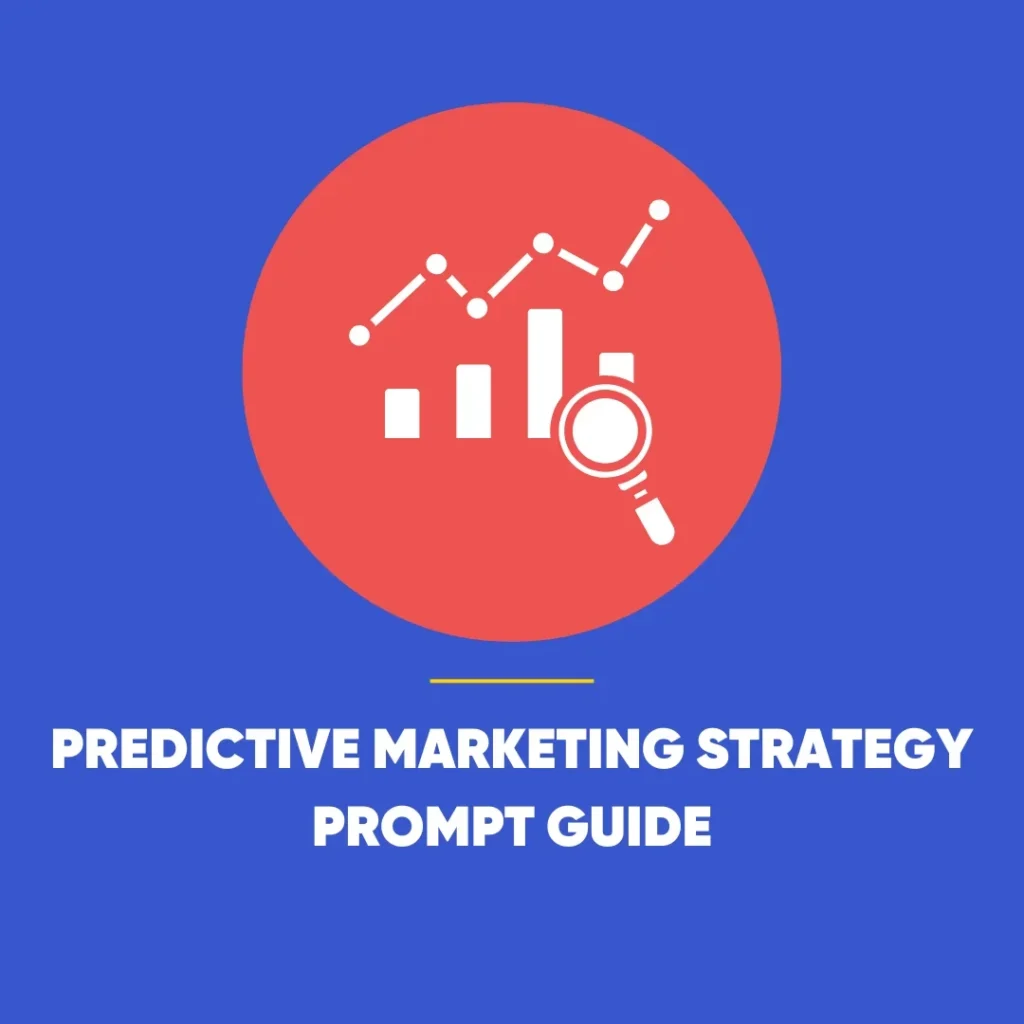Search Generative Experience: A Game-Changer for SEO
In the fast-evolving world of SEO, the Generative Search Experience is the latest concept shaping the future. The latest buzzword gaining attention is Search Generative Experience (SGE), which promises to reshape how we approach search strategies. SEO professionals are preparing for this shift, as SGE offers a more dynamic, personalised, and context-driven search experience.
SGE is not just another incremental change to SEO practices. It is poised to significantly alter how search engines interpret user queries and deliver results. Let’s delve into the details of what Search Generative Experience is and why it is expected to revolutionise SEO.
What is Search Generative Experience (SGE)?
SGE is a cutting-edge development in search technology that enhances the user’s experience by going beyond traditional search methods. Instead of merely matching keywords to web pages, SGE focuses on the broader intent behind a search query. It delivers results that are more personalised, contextual, and accurate to what users actually want.
In essence, SGE prioritises a more humanised approach to searching online. It uses advanced algorithms and artificial intelligence (AI) to understand not just the words a user types into a search bar, but also the deeper meaning and intent behind them. This means that search results can be tailored specifically to individual users based on their preferences, past behaviours, and interactions with content.
SGE also extends beyond standard text-based results. It incorporates a variety of media types such as images, videos, and interactive content. This richer search experience provides users with more engaging and informative results, making searches faster, more relevant, and ultimately more satisfying.
The Changing Role of Keywords in SEO
Traditionally, SEO relied heavily on the effective use of keywords. By incorporating the right keywords into content, website owners could improve their ranking on search engine results pages (SERPs). SGE challenges this approach, though it remains important.
Search Generative Experience moves away from the strict dependence on keywords and emphasises understanding user intent. Search engines are becoming more intelligent, using machine learning and natural language processing (NLP) to determine what a user is really looking for, even if their search query is vague or complex.
With SGE, search engines analyse not just the keywords but also the meaning behind them. This approach allows them to provide more relevant and precise results. Instead of focusing purely on matching keywords, SEO strategies will need to focus more on creating content that addresses the broader intent of users.
Key Metrics Influencing SGE
As SGE becomes more prominent, the metrics that determine SEO success will also shift. Traditional metrics such as keyword density or backlinks may no longer be the only deciding factors for search rankings. Instead, user satisfaction and engagement will play an increasingly important role. Let’s look at some key metrics that are likely to gain more relevance in an SGE-driven SEO landscape.
1. User Satisfaction Score
This measures user satisfaction with the results provided by the Generative Search Experience. In an SGE environment, search engines will be more focused on delivering content that meets users’ expectations, leading to higher satisfaction levels.
2. User Engagement
This refers to the level of interaction users have with search results, such as clicking links, scrolling through pages, or engaging with multimedia content. High engagement indicates that users are finding the content useful and relevant.
3. Time Spent on Page
The duration a user spends on a particular page is a good indicator of how valuable they found the content. SGE will likely prioritise pages that hold users’ attention, as this suggests the content aligns with their search intent.
4. Dwell Time
Dwell time tracks how long a user stays on a page before returning to the Generative Search Experience results. A longer dwell time typically signals that the page met the user’s needs. This metric will be crucial for assessing the relevance and quality of content in an SGE-driven world.
5. Click-through Rate (CTR)
CTR represents the percentage of users who click on a result after seeing it in the SERPs. A higher CTR suggests that the search result was appealing and relevant to the user’s query.
6. Bounce Rate
Bounce rate tracks the percentage of users who leave a page shortly after arriving. A high bounce rate often indicates that the content didn’t meet their expectations. SGE will likely favour pages with low bounce rates, as they indicate a better match between search intent and content.
SGE’s Ability to Understand User Intent
One of the most significant advantages of SGE is its ability to comprehend user intent on a deeper level. Search engines no longer just match keywords; they use AI and machine learning to analyse past behaviours, preferences, and browsing patterns to predict what users are truly searching for.
This understanding of intent enables SGE to offer more detailed, tailored results. It can parse through complex queries and ambiguous keywords, delivering highly accurate and personalised content recommendations. For businesses and content creators, this means SEO strategies must focus more on understanding the needs and desires of their target audience. The creation of content should not merely aim to rank for specific keywords but should address the broader questions and problems that users are trying to solve.
Generative Search Experience: Richer Results Beyond Text
SGE also brings about a more diverse range of search results by incorporating multimedia content. In addition to traditional text links, search engines will offer results that include images, videos, and interactive media. These rich results make the search experience more engaging and informative, catering to different user preferences.
For instance, a user searching for a product review might see a combination of text reviews, video demonstrations, and image galleries. This richer content not only provides more in-depth information but also enhances user engagement. As a result, SEO strategies will need to evolve to include a broader range of content types, ensuring that web pages are optimised for various media formats.
The Challenges of SGE
Despite its advantages, SGE does present some potential challenges. One notable drawback is the risk of producing biased or inaccurate results. Since SGE relies on algorithms that draw from user data and preferences, there is a possibility of creating echo chambers, where users only see content that aligns with their previous behaviour or interests.
This could lead to a more narrow range of information being presented to users, limiting their exposure to diverse viewpoints and potentially reinforcing pre-existing biases. SEO professionals must remain vigilant about ensuring their content is unbiased and offers a balanced perspective.
Moreover, the reliance on AI to generate results introduces the possibility of errors or inaccuracies. While AI has become increasingly sophisticated, it is not perfect. There may still be instances where the search results generated by SGE do not fully meet the user’s expectations or are incorrect.
Generative Search Experience: SGE and the Future of SEO
SGE represents a significant shift in how SEO will be practised in the future. Its focus on user intent, engagement, and personalised results pushes the boundaries of traditional SEO approaches. For SEO professionals, this means adopting a more holistic strategy that prioritises creating meaningful, high-quality content designed to meet users’ specific needs.
As AI and machine learning continue to evolve, search engines will become even more adept at delivering personalised, contextually relevant results. This will result in a more seamless and efficient search experience, allowing users to access the information they need more quickly and easily.
To remain competitive in this new landscape, businesses and SEO specialists will need to stay ahead of these changes. They must focus on developing content that resonates with users on a deeper level, offering not just keyword-optimised material, but valuable insights and solutions tailored to individual needs.
Conclusion: Adapting to an SGE-Driven Future
Search Generative Experience is set to transform the way we interact with search engines. By prioritising user intent, engagement, and personalisation, SGE introduces a more intelligent, intuitive, and satisfying search process.
SEO professionals and businesses must prepare for these changes by evolving their strategies to align with the new metrics and demands of SGE. This includes creating diverse, high-quality content that addresses users’ needs while being mindful of potential biases introduced by AI-driven search.
The future of SEO is undoubtedly moving towards a more personalised, content-driven approach. Those who embrace SGE and adapt their strategies accordingly will be best positioned to thrive in this rapidly changing digital landscape.









